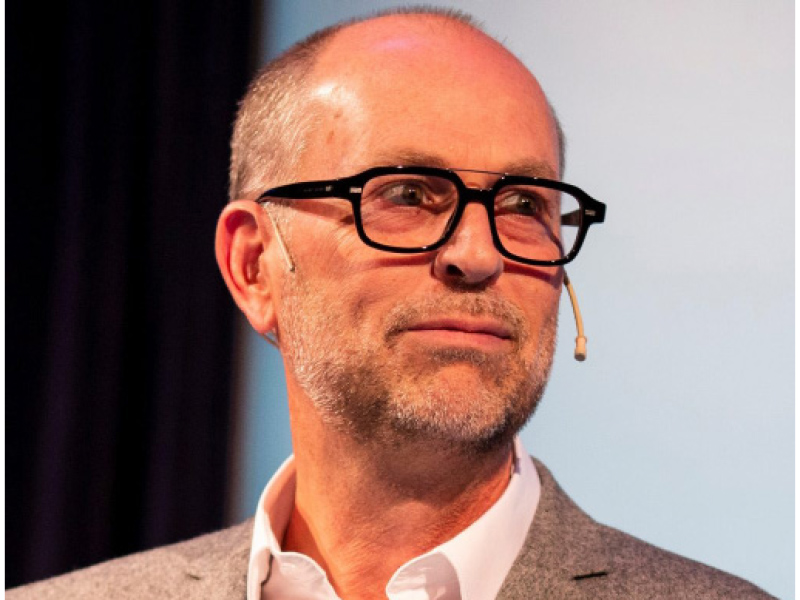Over the next ten years, a lot of point-source carbon capture facilities will need to be put in place to cut down on the emissions that come from cement, limestone, and large-scale hydrogen production, among other heavy industries. Using nanoparticles known as “solid sorbent,” Svante’s ground-breaking net-zero solution will trap CO2, concentrate it, and release it in 60 seconds for safe storage or industrial usage. Svante is anticipated to be the first commercial point-source carbon capture system supplier in the North American market to use solid sorbents to broaden its manufacturing supply chain. The filter manufacturing facility will be able to produce filter modules with an annual capacity of 3 million metric tons of CO2, which is equal to the project delivery of three large-scale carbon capture facilities that can produce one million metric tons of carbon dioxide annually. Svante, which was established in 2007, provides businesses in emission-intensive sectors with a financially feasible means to capture significant CO2 emissions from existing infrastructure, either for secure storage or for utilization in a closed-loop industrial process. Svante can directly and sustainably remove CO2 from the air and from industrial sources, which makes it possible to capture and remove carbon on an industrial scale.
The technique, created by Svante, extracts carbon dioxide from flue gas, concentrates it, and then releases it for secure storage or commercial usage, all in the space of 60 seconds. This method is specifically designed to address the difficulties of separating CO2 from nitrogen present in diluted flue gas produced by industrial facilities such as cement, steel, aluminum, fertilizer, and hydrogen, which is typically released in large quantities, at low pressures, and in diluted concentrations. They are employing solid adsorbents that are custom-made nanomaterials with extremely high carbon dioxide storage capacities. Svante’s substance has a surface area that is equal to a football field in a quantity the size of a sugar cube. As opposed to hours for existing methods, Svante has designed these adsorbents to capture and release CO2 in less than 60 seconds. Therefore, compared to the previous method employing liquid solvent, they require a considerably lower inventory of adsorbent. “Lowering the capital costs of the capture of the CO2 emitted in industrial production is critical to the world’s net-zero carbon goals required to stabilize the climate. Leaders from industry, the financial sector, and the government agree on the enormity of the challenge and the critical need to deploy carbon capture and carbon removal solutions at the gigaton scale. “The carbon pulled from the earth as fossil fuel needs to go back into the earth in safe CO2 storage,” says Claude Letourneau, President & CEO of Svante.
To collect, release, and renew the adsorbent in a single unit, Svante’s carbon capture method uses a rotating mechanical contactor, a proprietary process cycle design, and a patented architecture of structured adsorbent laminate (spaced sheets). Since the late 1950s, not much has changed in the commercial gas separation systems that are now in use that use adsorbents. Due to their high capital and operational expenses, the two primary adsorptive gas separation methods often utilized in gas separation platforms—temperature swing adsorption and pressure swing adsorption—cannot offer an economically feasible alternative for industrial CO2 collection. Due to the energy needed to compress the huge volume of gases, conventional pressure swing adsorption techniques utilizing adsorbents are not suitable for atmospheric post-combustion CO2 collection.
Over the last ten years, Svante has invested tens of millions of dollars in developing cutting-edge solid sorption labs that can perform surface chemistry, thermodynamics, kinetics, rheology, hydrodynamics, cyclic processing, mechanical testing, mechanical sealing, tribology, durability, contaminants management. The pre-commercial production active materials and structured adsorbent bed (SAB) assembly process have started to be put together by Svante. The SAB assembly line process includes mixing, coating, printing, bed assembly, and performance and quality control testing. Burnaby, British Columbia, in Canada, is home to its first industrial production line. The line can provide beds for plants that can capture between 30 and 5,000 TPD of carbon, and it has been built to run continuously. When this initial production line reaches full commercial capacity, it is anticipated that it will turn a profit while supporting research and development efforts to further the structured adsorbent bed method. By the end of 2023, Svante hopes to have his cutting-edge carbon capture technology ready for commercial use at full capacity.








